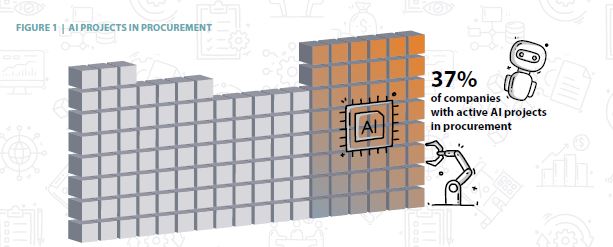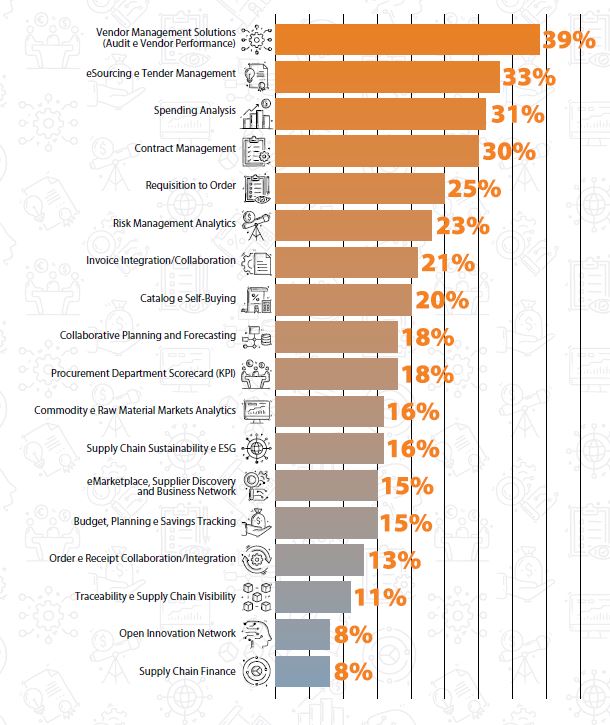E&M
2022/2
Procurement and AI: Applications, Results, and Future Prospects
An investigation conducted by SDA Bocconi highlights the degree of implementation of AI technologies in the various phases of the purchasing process during the pandemic .
Purchasing processes are undergoing a period of great change due to heavy investments in digitalization and the dynamics of transformation due to the advent of new technologies. In particular, Artificial Intelligence (AI) applications can provide a strong contribution to procurement, improving the ability to process historical procurement data, creating partnerships, and identifying negative events and the consequent risks. To offer a clearer picture of the changes underway and support the management of purchases in strategic choices, in 2021 SDA Bocconi and its Procurement LAB conducted a research project that focused on the degree of implementation of AI technologies in the various phases of the purchasing process. The study used a broad classification of AI, including both the more complex methodologies (machine and deep learning), and the more deterministic applications (robotic process automation and optical character recognition). From the sample, made up of 130 different companies, it was found that 37 percent of the companies have active AI projects in procurement (Figure 1). The same companies also state that they have allocated from 6 to 10 people to AI projects (49 percent), while 41 percent allocated more than 10. Among the most interesting elements of data, it was found that AI projects also affect various sub-processes of procurement (Figure 2). Those most involved are Vendor Management (39 percent), e-Sourcing & Tender Management (33 percent), Contract Management (30 percent), and Spending Analysis (31 percent). Lastly, 16 percent of companies state that in the past 3 years they have allocated over 1 million euros to AI projects. This figure shows the growing interest among many businesses for AI applications in the procurement area.
Figure 1 – AI projects in procurement

Figure 2 – The sub-processes of procurement affected by AI projects

For a broader panorama of the evolution of procurement in digital terms, we refer to the E&M Podcast on the issue conducted by Giuseppe Stabilini, Associate Professor of Practice di Procurement & Supply Management at the SDA Bocconi.



